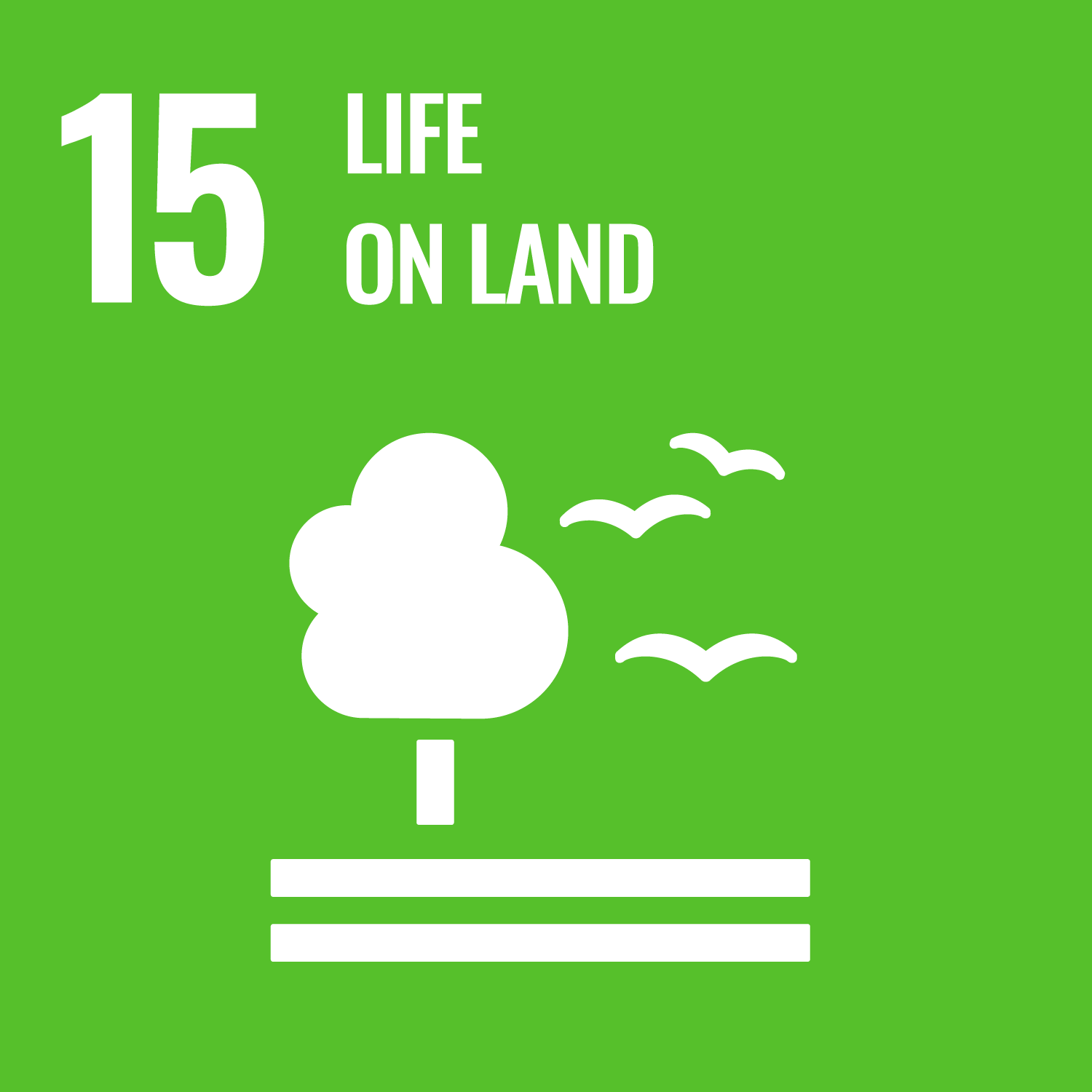Protecting and promoting life on land through better use of resources is the objective of hundreds of ISO standards.
The two-part series ISO 14055, Environmental management – Guidelines for establishing good practices for combatting land degradation and desertification, is a welcome addition to the ISO 14000 family of standards for environmental management.
Another area of focus for ISO is sustainable forestry. Holistic governance is required to promote a more sustainable forest-based bioeconomy overall and criteria for the sustainability of forest bioenergy rely on good standardization. ISO’s technical committee ISO/TC 287, Sustainable processes for wood and wood-based products, addresses sustainability from a broader perspective including the entire supply chain. The objective is to position the forest sector at the forefront of sustainable industries.
ISO 38200, Chain of custody of wood and wood-based products, promotes traceability in the wood supply chain by encouraging greater use of wood from sustainable sources, and is an essential tool for helping to combat illegal deforestation.
At a first glance, using biomass fuels instead of fossil fuels looks like a panacea and an easy win. Yet the reality is far more nuanced; depending on how they are grown, processed and managed, biomass fuels can either provide a sustainable solution for energy generation, or do the complete opposite. Fortunately, ISO standards can help us ensure that biomass-based fuels are sustainable and make a strong contribution to carbon neutrality.
Fuel quality also plays a big role in minimizing air pollution. As air emission guidelines are developed, references are increasingly being made to the ISO/TC 238 wood fuel standards. In simple terms, better biofuels burn more efficiently and cleanly.
Moisture content is the most important property for solid biofuels, ISO 17225, Solid biofuels – Fuel specifications and classes, specifies the allowable moisture content of solid biofuels, which encourages innovation in sampling biomass fuels automatically and measuring their moisture content.
However, the path to commercial biomass fuel development is not all plain sailing. There are two big challenges:
- First, to ensure that biofuels clearly stand apart from fossil fuels in terms of increased combustion efficiency, reduced carbon footprint and carbon emissions. It’s therefore essential to pursue the development of new and improved technologies toward these goals.
- Second, to demonstrate convincingly that solid biofuels have significantly lesser environmental impact than fossil fuels. Therefore, the proper tools are needed to conduct life-cycle analysis of wood products; to assess the effect of land change or land usage related to forestry; and to have reliable methodology for performing carbon-balance calculations in order to accurately determine greenhouse gas reductions and associated benefits on climate change.
